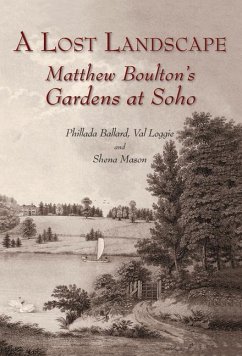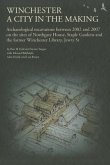Matthew Boulton (17280-1809) is arguably the individual with the greatest historic significance associated with Birmingham, a city renowned for nurturing innovation, aspiration, and industry. His Soho Manufactory became a must-see stop on the itinerary of well-heeled early industrial tourists, who were fascinated by the sight and noises of its machines and the hundreds of employees at work. His notebooks show that Boulton was also insatiably curious, and his interests ranged exuberantly over astronomy, meteorology, chemistry, electricity, medicine, the fine arts, classics, music, and the new fashion of landscape gardening. Inspired by books and by visits to other gardens, he introduced new plants and constructed water features, garden buildings, and walks. His tea-room, menagerie, and aviary were enjoyed by the many visitors to his Manufactory. After the death of Boulton and his son, Joseph Chamberlain attempted to turn Soho's gardens into a public park, but the idea was rejected in favor of building leases, and bit by bit the landscaped park was replaced, first with up-market villas and later with terraced housing, a railway coal yard, workshops, and other premises, as Birmingham's industrial heartland spread ever outwards. In the 1990s Soho House and the remaining small garden were restored and developed as museum. This engaging history of the Soho house includes a number of drawings and watercolors made by John Phillip in the 1790s are included, the only surviving contemporary visual evidence for how the garden once looked.
Hinweis: Dieser Artikel kann nur an eine deutsche Lieferadresse ausgeliefert werden.
Hinweis: Dieser Artikel kann nur an eine deutsche Lieferadresse ausgeliefert werden.








